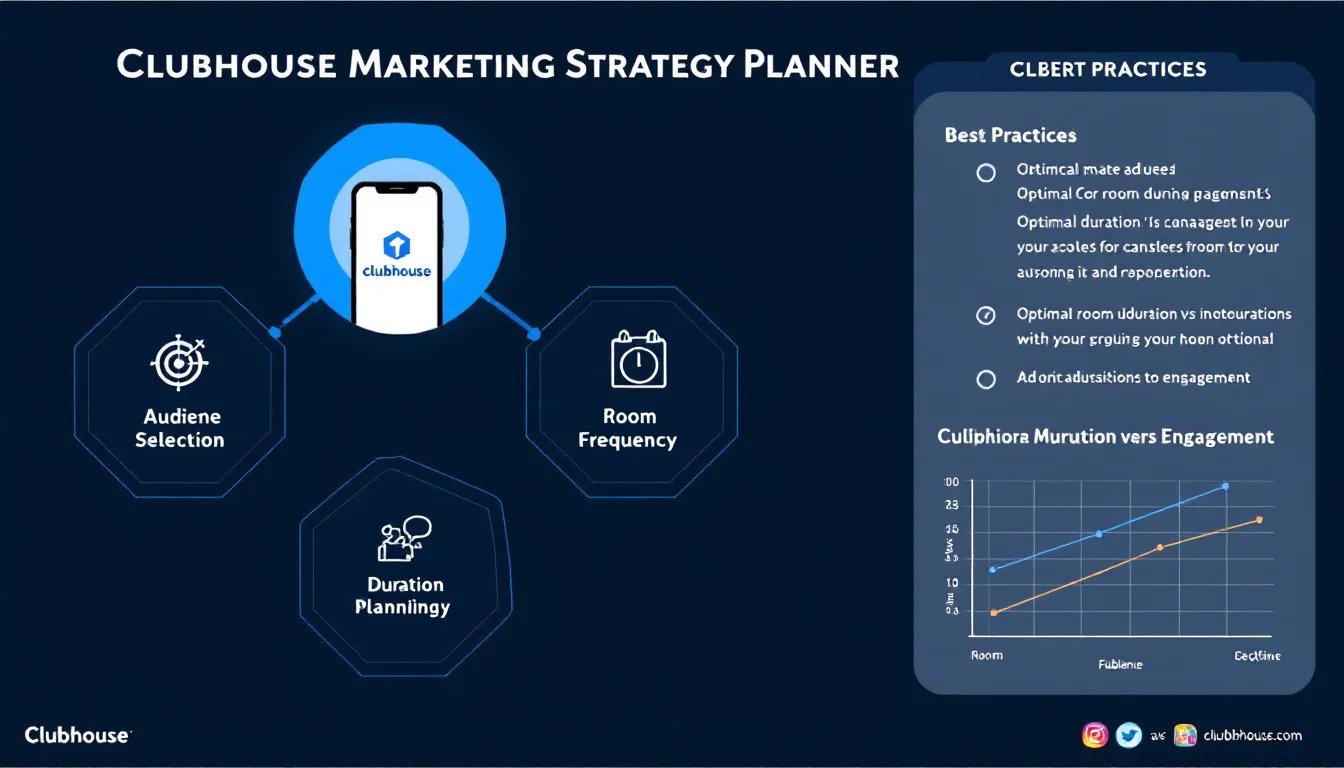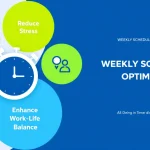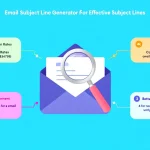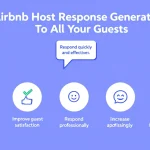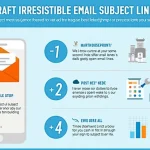Is this tool helpful?
How to Use the Clubhouse Marketing Strategy Planner Effectively
The Clubhouse Marketing Strategy Planner is designed to help you create an effective engagement strategy for your Clubhouse presence. Here’s a detailed guide on how to use each field:
1. Main Topic Field
Enter your primary discussion topic. Be specific and focused.
- Example 1: “Sustainable Fashion Innovation and Eco-friendly Manufacturing”
- Example 2: “Cryptocurrency Trading Strategies for Emerging Markets”
2. Target Audience Description
Describe your ideal audience members, their aspirations, and what drives them.
- Example 1: “Fashion designers and manufacturers aged 25-50 interested in sustainable practices, seeking to reduce environmental impact while maintaining profitability”
- Example 2: “Finance professionals and crypto enthusiasts in developing economies looking to understand market dynamics and investment opportunities”
3. Room Frequency
Specify how often you’ll host rooms. Consider your audience’s availability and content preparation time.
- Example 1: “Twice weekly – Tuesdays and Thursdays”
- Example 2: “Every other Monday”
4. Room Duration
Set an appropriate length for your sessions based on topic complexity and audience engagement.
- Example 1: “45 minutes with 15-minute Q&A”
- Example 2: “2 hours for in-depth market analysis”
Understanding the Clubhouse Marketing Strategy Planner
The Clubhouse Marketing Strategy Planner is a comprehensive tool designed to help content creators, businesses, and thought leaders develop structured approaches to building and engaging communities on Clubhouse. This tool transforms your content ideas and audience insights into actionable marketing strategies.
Core Components
- Topic Analysis and Refinement
- Audience Alignment Strategy
- Scheduling Optimization
- Engagement Planning
Benefits of Using the Clubhouse Strategy Planner
1. Strategic Content Development
The planner helps you create content that resonates with your target audience by:
- Aligning topics with audience interests
- Structuring discussions for maximum engagement
- Creating consistent content schedules
2. Audience Growth and Retention
Optimize your room hosting strategy to build a loyal following through:
- Regular engagement opportunities
- Targeted discussion topics
- Convenient scheduling for your audience
3. Time Management
Improve your content planning efficiency with:
- Structured content calendars
- Predetermined room durations
- Balanced hosting schedules
Solving Real Marketing Challenges
Challenge 1: Audience Engagement
The planner addresses engagement challenges by helping you:
- Identify optimal discussion topics
- Schedule rooms at peak engagement times
- Structure conversations for maximum participation
Challenge 2: Content Consistency
Maintain regular presence through:
- Scheduled room planning
- Topic progression mapping
- Resource allocation optimization
Practical Applications and Use Cases
Business Strategy Example
A business consultancy firm uses the planner to structure their thought leadership program:
- Topic: “Digital Transformation Strategies for SMEs”
- Audience: “Small business owners and executives seeking technological advancement”
- Frequency: “Weekly Wednesday sessions”
- Duration: “60 minutes with implementation workshops”
Educational Content Example
An online learning platform structures their community engagement:
- Topic: “Machine Learning Applications in Healthcare”
- Audience: “Healthcare professionals and tech enthusiasts interested in AI applications”
- Frequency: “Bi-weekly deep-dive sessions”
- Duration: “90 minutes with case studies”
Frequently Asked Questions
How do I choose the best topic for my Clubhouse rooms?
Select topics that align with your expertise and audience interests. Consider current trends and persistent challenges in your field.
What’s the ideal room duration for maximum engagement?
While it varies by topic and audience, 60-90 minutes typically allows for comprehensive discussion while maintaining audience attention.
How frequently should I host rooms?
Consider your content preparation capabilities and audience availability. Weekly or bi-weekly sessions often provide good balance.
Can I use this planner for multiple topic series?
Yes, you can create separate strategies for different content series, each with its own frequency and duration.
How do I measure the success of my Clubhouse strategy?
Track audience growth, engagement levels, room duration completion rates, and participant feedback.
Should I vary room formats?
Yes, mixing formats (Q&As, panels, workshops) helps maintain audience interest and accommodates different learning styles.
How can I encourage audience participation?
Structure rooms with dedicated Q&A segments, use polls, and create interactive discussion points.
Best Practices for Success
1. Content Planning
- Develop content themes aligned with audience goals
- Create progression in topic complexity
- Prepare backup discussion points
2. Audience Engagement
- Start with audience pain points
- Include interactive elements
- Follow up on audience suggestions
3. Schedule Management
- Consider timezone differences
- Plan buffer time for extended discussions
- Maintain consistent scheduling
4. Quality Control
- Review and update topics regularly
- Gather audience feedback
- Adjust strategy based on engagement metrics
Important Disclaimer
The calculations, results, and content provided by our tools are not guaranteed to be accurate, complete, or reliable. Users are responsible for verifying and interpreting the results. Our content and tools may contain errors, biases, or inconsistencies. We reserve the right to save inputs and outputs from our tools for the purposes of error debugging, bias identification, and performance improvement. External companies providing AI models used in our tools may also save and process data in accordance with their own policies. By using our tools, you consent to this data collection and processing. We reserve the right to limit the usage of our tools based on current usability factors. By using our tools, you acknowledge that you have read, understood, and agreed to this disclaimer. You accept the inherent risks and limitations associated with the use of our tools and services.
